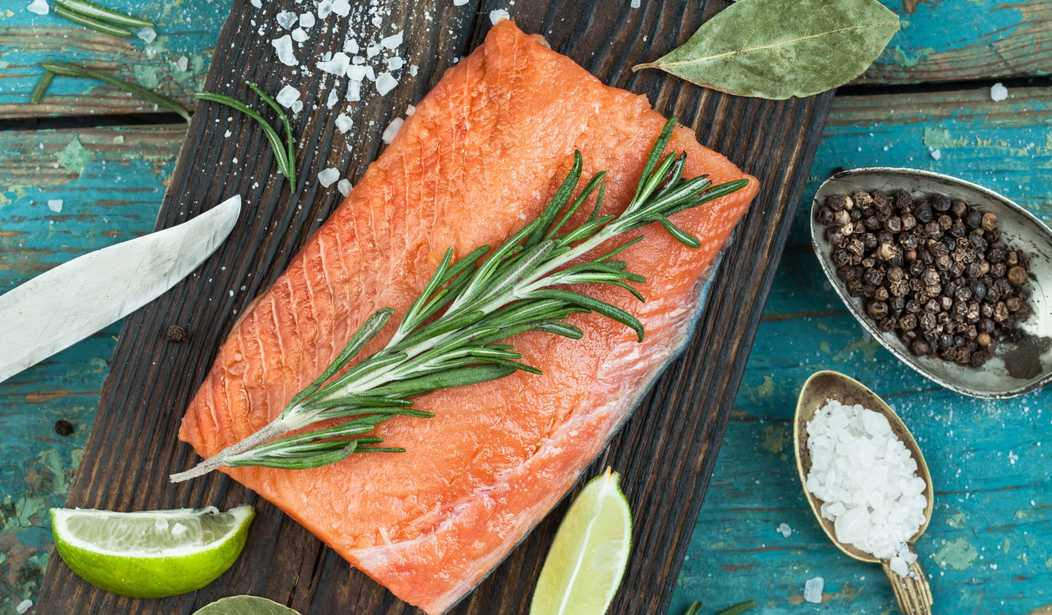A Centers for Disease Control study recently identified Japanese tapeworms in salmon caught off the North Alaskan coast and the discovery should have American salmon lovers worried.
The tapeworm, known as Diphyllobothrium nihonkaiense, primarily infects fish but can live within humans and other mammals as well. It has caused 2,000 infections in humans in northeastern Asia since 2008, according to The Washington Post, and now researchers are concerned that people who eat raw salmon caught in North America may be at risk of contracting the tapeworm infections, too.
Via USA Today:
Researchers now say that could mean salmon caught anywhere off North America’s Pacific coasts could be affected, though the health effects aren’t generally serious. The scientists, however, warn the problem could spread if not remedied: Because salmon is often packed and transported on ice (but not frozen), the tapeworm’s larvae may be able to survive the trip, possibly infecting consumers in Europe, New Zealand, China, and other parts of the US.
The researchers cut open 64 wild Alaskan salmon in 2013 to find the larvae (some up to 15 mm long), and gene sequencing identified it as the Japanese tapeworm. Four species are known to carry it: chum salmon, masu salmon, pink salmon, and sockeye salmon.
Per Food Safety Magazine, infection risk is increased when consuming raw or undercooked fish. A preventive medicine professor at Vanderbilt University School of Medicine tells CNN most infected humans remain asymptomatic — some may feel slight abdominal discomfort or nausea — though there are rare cases in which the infection can turn serious. The CDC notes that freezing or cooking the fish will annihilate Diphyllobothrium parasites.
The main intent of the study, according to the researchers, was “to alert parasitologists and medical doctors about the potential danger of human infection with this long tapeworm resulting from consumption of infected salmon imported (on ice) from the Pacific coast of North America and elsewhere.”
Some tapeworms can grow up to 15-30 feet in length and live up to 20 years in the host.
The moral of the story: Don’t eat raw salmon. EVER.









Join the conversation as a VIP Member